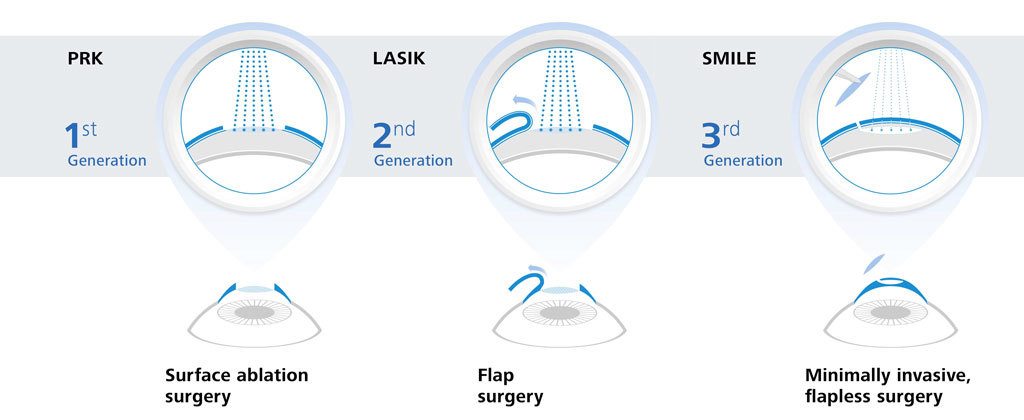Author-Blackwell Wichmann
Have you ever before took into consideration Refractive Lens Exchange (RLE) as an alternative for vision adjustment? While it isn't as commonly gone over as LASIK, RLE could be a game-changer for your vision. Many individuals ignore its benefits, assuming standard methods are their only choice. Yet what are the real advantages, and what might your eye doctor not be informing you regarding this procedure? Allow's explore the ins and outs of RLE together.
Recognizing Refractive Lens Exchange: The Basics
Refractive lens exchange (RLE) is an operation that can significantly improve your vision, particularly if you're handling presbyopia or severe refractive mistakes.
During RLE, your eye specialist removes your eye's natural lens and replaces it with an artificial one tailored to your vision requires. This treatment can fix nearsightedness, farsightedness, and astigmatism, giving you clearer vision without depending on glasses or get in touch with lenses.
The surgical procedure is generally fast, taking less than an hour, and the majority of clients experience marginal pain. Recovery is relatively quick, enabling you to go back to your daily activities quickly after.
If you're thinking about RLE, talking to your optometrist can help you identify if it's the best option for you.
Secret Distinctions Between RLE and Standard Cataract Surgical Treatment
While both refractive lens exchange (RLE) and standard cataract surgical treatment involve changing the eye's natural lens, their primary goals and individual profiles differ dramatically.
RLE is focused on individuals seeking to reduce their dependence on glasses or get in touch with lenses due to refractive errors, commonly prior to cataracts develop. In contrast, conventional cataract surgery normally targets clients who have actually created cataracts, which cloud the lens and harm vision.
The lenses utilized in RLE can supply a wider range of vision adjustment, while common cataract surgical treatment typically involves basic monofocal lenses.
In addition, RLE candidates are usually more youthful and in excellent overall wellness, whereas cataract patients may be older and have other health problems.
Picking the right treatment relies on your particular vision needs and scenarios.
Prospective Advantages and Factors To Consider of RLE
If you're thinking about refractive lens exchange (RLE), you'll discover a number of possible advantages that might enhance your quality of life.
RLE can supply you with clearer vision, reducing or removing the demand for glasses or get in touch with lenses. It supplies a chance to address presbyopia and various other refractive errors concurrently, often boosting your general visual acuity.
Furthermore, RLE can be a great alternative if you're not an ideal candidate for LASIK. Nonetheless, it is essential to evaluate the factors to consider, like the cost, possible dangers, and the recovery period.
Discussing your particular needs with your ophthalmologist can aid you make an informed choice, guaranteeing you choose the very best course for your vision adjustment.
Final thought
To conclude, refractive lens exchange supplies a special solution for vision correction that goes beyond what LASIK can provide. It's essential to evaluate the advantages versus possible threats and expenses before making a decision. Don't think twice to ask your optometrist the difficult inquiries to ensure you completely understand the procedure and its ramifications for your vision. With the best details, you can with confidence choose the most effective option for your eyes and way of living.

